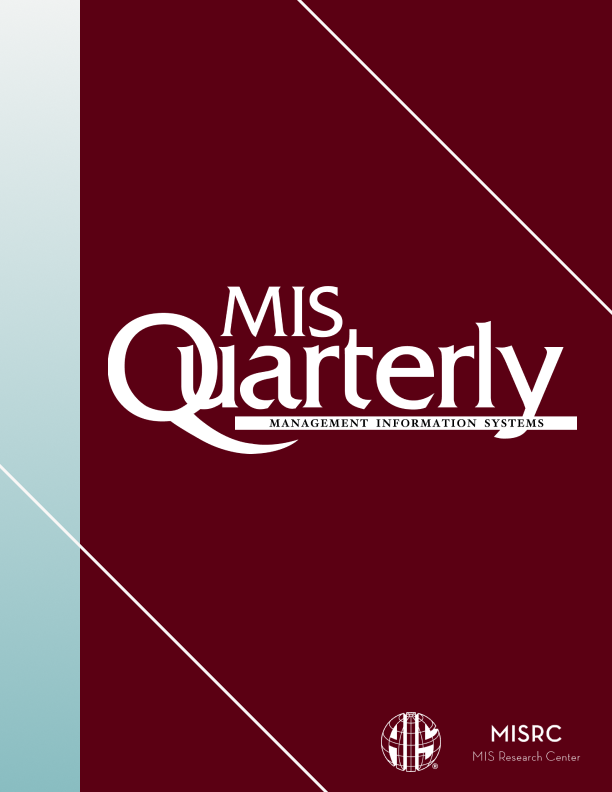叫车服务对交通方式选择的影响:来自交通和公交乘客的证据
IF 6
2区 管理学
Q1 COMPUTER SCIENCE, INFORMATION SYSTEMS
引用次数: 1
摘要
技术驱动的网约车服务的兴起影响了个人的交通相关决策。这些网约车服务的影响可能会因使用各种交通方式的不同而有所不同。在本文中,我们开发并利用了一个框架,使我们能够检查乘车服务对三个旅行者群体的交通方式选择的影响:司机(主要使用个人汽车旅行)、乘客(主要使用公共交通工具旅行)和步行者(主要使用非机动交通工具)。我们首先建立了一个框架,概述了网约车服务的引入将如何影响不同旅客群体的行为,并展示了这将如何影响交通拥堵和公共交通乘客。为了测试这个框架,我们编制了一个丰富的数据集,结合了公共交通乘客、交通拥堵和个人交通方式选择的数据。采用差异中的差异方法,我们表明优步进入市场使那些在优步进入之前是步行者和骑手的人更方便地出行,导致交通拥堵增加,并诱使那些司机用优步和公共交通的结合来代替私家车的使用。我们引入了城市紧凑性来评估网约车服务对不同旅行者分布的城市的异质影响。我们发现,在城市紧凑程度较高的城市,即乘客和步行者的比例高于司机的城市,Uber的加入更容易加剧交通拥堵,减少公共交通需求。这项工作为理解网约车服务对公共交通和交通拥堵的影响机制提供了一个整体框架。城市规划者和政策制定者可以利用我们的框架、方法和实证结果来指导对可持续性有影响的城市规划决策。本文章由计算机程序翻译,如有差异,请以英文原文为准。
Impact of Ride-Hailing Services on Transportation Mode Choices: Evidence from Traffic and Transit Ridership
The rise of technology-enabled ride-hailing services has affected individuals’ transportation-related decisions. The impact of these ride-hailing services likely varies across traveler segments that differ in their usage of various modes of transportation. In this paper, we develop and leverage a framework that allows us to examine the impact of ride-hailing services on the transportation mode choice for three traveler segments: drivers (who primarily use a personal automobile to travel), riders (who primarily use public transit to travel), and walkers (who primarily use non-motorized modes of transport). We first develop a framework outlining how the behavior of different traveler segments would be impacted by the introduction of ride-hailing services and show how this affects traffic congestion and public transportation ridership. To test the framework, we compiled a rich dataset, combining data on public transportation ridership, traffic congestion, and individual transportation mode choice. Employing a difference-in-differences methodology, we show that the Uber entry in a market enabled those who were walkers and riders prior to the entry of Uber to travel more conveniently, leading to an increase in traffic congestion, and induced those who were drivers to substitute their use of private automobiles with a combination of Uber and public transit. We introduced urban compactness to assess the heterogeneous impact of ride-hailing services for cities that differ in their distribution of traveler segments. We found that Uber entry increases traffic congestion and reduces public transit demand more in cities with higher levels of urban compactness, i.e., where the proportion of riders and walkers is higher than that of drivers. This work provides a holistic framework to understand the mechanism underlying the impact of ride-hailing services on public transit and traffic congestion. Urban planners and policy makers can leverage our framework, methodology, and empirical results to guide city planning decisions that have implications for sustainability.
求助全文
通过发布文献求助,成功后即可免费获取论文全文。
去求助
来源期刊

Mis Quarterly
工程技术-计算机:信息系统
CiteScore
13.30
自引率
4.10%
发文量
36
审稿时长
6-12 weeks
期刊介绍:
Journal Name: MIS Quarterly
Editorial Objective:
The editorial objective of MIS Quarterly is focused on:
Enhancing and communicating knowledge related to:
Development of IT-based services
Management of IT resources
Use, impact, and economics of IT with managerial, organizational, and societal implications
Addressing professional issues affecting the Information Systems (IS) field as a whole
Key Focus Areas:
Development of IT-based services
Management of IT resources
Use, impact, and economics of IT with managerial, organizational, and societal implications
Professional issues affecting the IS field as a whole
 求助内容:
求助内容: 应助结果提醒方式:
应助结果提醒方式:


